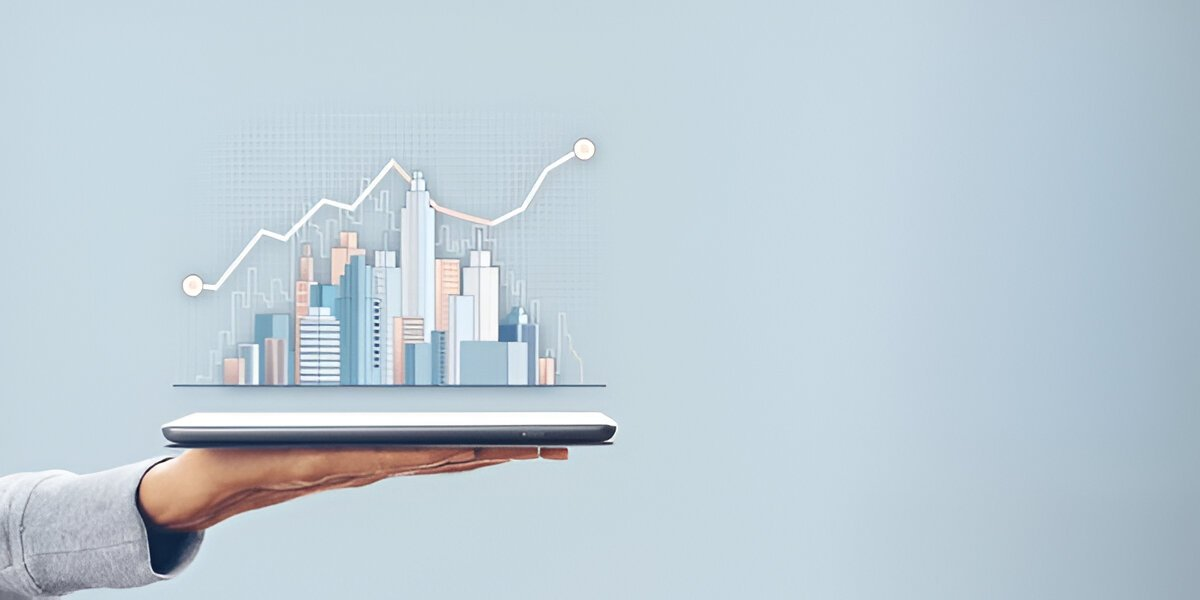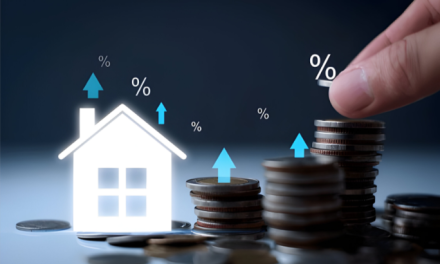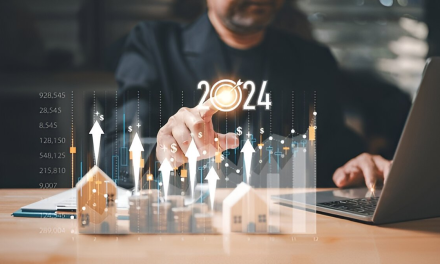As cities worldwide continue to expand, the push for sustainable urban development has never been stronger. From green infrastructure to smart technology, trending urban development is reshaping the way we live, work, and interact with our surroundings. But what exactly is driving this transformation? And how can cities balance growth with sustainability?
The Rise of Smart Cities: Innovation Meets Sustainability
Modern urban landscapes are evolving into smart cities, where cutting-edge technology enhances efficiency, reduces carbon footprints, and improves residents’ quality of life. Cities like Toronto, Vancouver, and Montreal are leading the charge by integrating AI-powered traffic management, renewable energy grids, and automated waste collection systems.
Imagine a city where traffic jams are minimized through real-time data analysis, and streetlights adjust based on pedestrian movement. Sounds futuristic? Not anymore! The fusion of urban planning and AI-driven solutions is making cities more sustainable and livable.
Green Infrastructure: Nature’s Role in Urban Planning
Concrete jungles are transforming into eco-friendly havens, thanks to the rising popularity of green infrastructure. Features like rooftop gardens, urban forests, and permeable pavements help mitigate climate change by reducing heat, absorbing rainwater, and improving air quality.
Take the example of Vancouver’s Greenest City Action Plan, which has set ambitious goals to make the city carbon-neutral. This initiative promotes bike lanes, pedestrian-friendly zones, and energy-efficient buildings—proving that urban development and sustainability can go hand in hand.
Pritish Kumar Halder’s Perspective on Urban Evolution
Urban planning experts like Pritish Kumar Halder emphasize the importance of sustainable city design. He believes that a holistic approach—one that combines renewable energy, efficient public transit, and community engagement—is essential for future cities.
But here’s the big question: Are we doing enough? While strides have been made, many urban centers still struggle with issues like overpopulation, pollution, and resource depletion. The challenge lies in making sustainability affordable and accessible for all.
The Role of Public Transit in Sustainable Cities
One major factor in trending urban development is efficient public transportation. Cities like Toronto and Calgary are investing in electric buses, high-speed rail, and car-free zones to reduce carbon emissions.
Could the future see underground hyperloop systems connecting major Canadian cities in minutes? If Elon Musk has his way, it might not be a distant dream!
Challenges and the Road Ahead
While the vision for sustainable cities is inspiring, barriers remain:
- Cost of green projects – Implementing sustainable initiatives requires significant funding.
- Resistance to change – Not everyone is ready to ditch their cars for bicycles.
- Urban sprawl – Expanding cities often mean more deforestation and loss of natural habitats.
So, what’s the solution? Experts argue for a balanced approach, where governments, businesses, and communities collaborate to implement long-term, sustainable solutions.
Final Thoughts: Are We Ready for the Cities of the Future?
Urban development is no longer just about constructing buildings—it’s about creating environments where people and nature can thrive together. With smart cities, green infrastructure, and advanced public transit, Canada is setting an example for the world.
But will these innovations be enough? The answer lies in how well we adapt, innovate, and embrace sustainability as a core principle of urban life. The future is green—let’s build it together!











